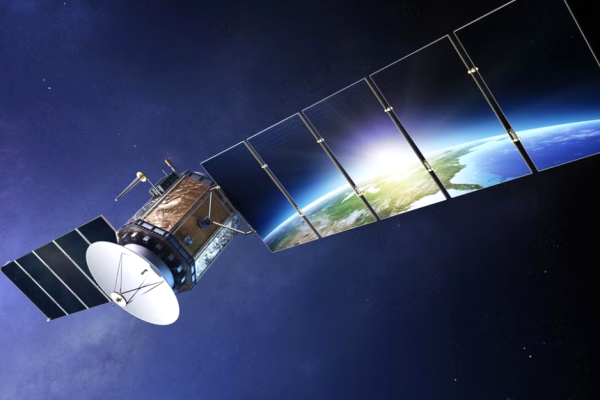Published on the 03/09/2025 | Written by Newsdesk

Low earth orbit plugs rural divide…
Fixed wireless now accounts for 20 percent of New Zealand’s fixed broadband market, with fibre making up 74 percent of the country’s broadband connections – and data use continuing to skyrocket, surpassing the pandemic peaks.
The New Zealand Telecommunications Forum’s (TCF) Annual Report 2025 – which largely pulls together stats from other organisations – shows New Zealand is one of the highest adopters of fixed wireless broadband in the OECD, with use of the technology surging as copper connections decline.
The Commerce Commission’s (ComCom) latest Telecommunications Monitoring Report says two-thirds of those moving to 4G fixed wireless have moved from a fibre connection, with the largest proportion of those shifting from Fibre 300, followed by Fibre Max. Just seven percent shift from the entry-level Fibre 50 (now Fibre 100) plan.
Uptake of low earth orbit satellite services is now three percent of total market share, and 19 percent of rural connections, while five percent – some 92,000 – are still on copper. The entire Chorus copper network is due to be retired by 2030.
Eighty-seven percent of Kiwis have access to fibre.
The report shows telco costs rose 7.4 percent between January 2018 and January 2025. Electricity, by comparison, is up 17.8 percent.
The report figures however, were taken prior to price hikes by providers including Spark, Skinny, 2degrees and Slingshot last month and OneNZ’s hikes earlier in the year. The ComCom report says between them the three main telcos (Spark, OneNZ and 2degrees) hold 75 percent of the urban broadband market. (Energy providers Mercury and Contact now rank fourth and fifth, respectively, having doubled their market share from six percent to 13 percent over the past five years.)
The August hikes came just weeks after network operator Chorus upped internet speeds on its popular Home Fibre Starter, Home Fibre 50 and Home Fibre 300 plans at no extra charge.
The ComCom report noted that while most fibre customers subscribe to Fibre 300, the strongest recent growth has been at the budget and premium ends of the market – Fibre 50 (now Fibre 100) and Fibre Max, driven by cost-of-living pressures and evolving needs.
Monthly data use is also continuing to climb. The country is consuming nearly 10.5 million terabytes of data a year via fixed broadband and more than 400,000TB in mobile data usage.
The average monthly usage per connection has hit 648 gigabytes – up from 12GB in 2011, and well ahead of Australia’s average of 443GB per fixed broadband service in 2023.
“If this rapid growth continues, typical usage could reach one terabyte per month by 2028,” the TCF says. While the pandemic caused dramatic spikes in data consumption between 2019 and 2021, today’s usage has surpassed even those record peaks.
The Commerce Commission has flagged ongoing concerns with the challenges in changing plans between providers, saying broadband switching rates remain low and have worsened over the past year. Just 11 percent of broadband users changed plans in the past year, compared to 19 percent in electricity. For those who did switch, dissatisfaction with the process was high at 32 percent. Less than half of those switching from one of the three largest telcos stayed with a top three telco, with smaller providers, including the energy bundlers, gaining the lion’s share of switched connections.
“On the flipside, we can say that there are more than 100 retailer providers that these consumers can choose from, yet almost half of them decide on a largest three provider.”
Mobile growth
Mobile is also experiencing change. The 3G networks will shut down from the end of this year.
Customers are turning increasingly to on-account, or post-paid, plans, over prepaid, matching rising data needs and more advanced handset options, with the on-account plans often including more generous data allowances.
Eighty percent of customers are now on unlimited voice and SMS plans.
Text messaging is also on the downward slide, with traditional SMS dropping from 6.5 billion/month in 2018 to less than four billion/month in 2024 as messaging apps gained a foothold.
The report also notes the proliferation of scams: $1.6 billion was lost by Kiwis due to online threats in 2024 according the National Cyber Security Centre’s Cyber Security Insights report 2025.
The Department of Internal Affairs has partnered with Apple, 2degrees, One NZ, Spark and communications platform as a service provider Modica to provide a one-click reporting tool for users to report suspicious messages direct to DIA. The initiative works with iPhone 14 (mobile provider dependent), 15 and 16, updated to iOS 18.2 and enables users to select ‘report junk’ on suspicious messages and have the details shared directly with DIA.



























